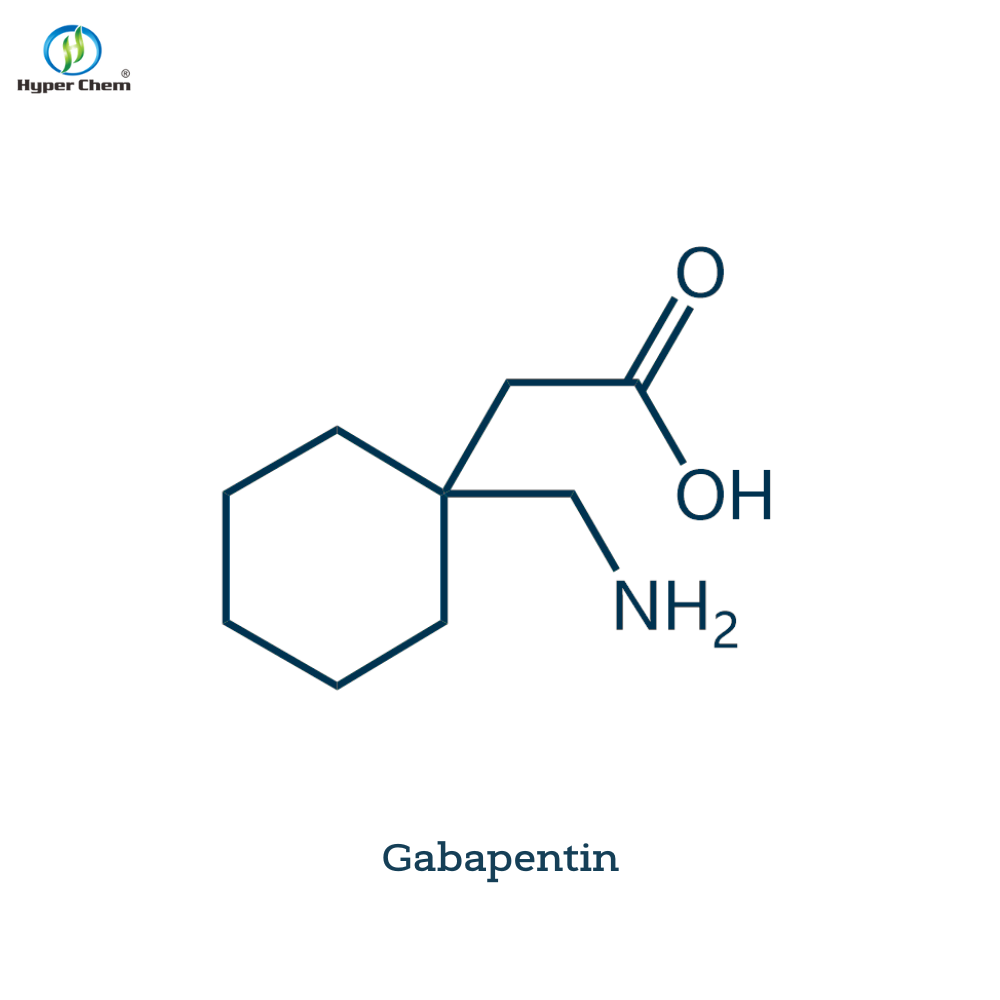Nat commun: a new way to treat Parkinson's disease
-
Last Update: 2019-11-14
-
Source: Internet
-
Author: User
Search more information of high quality chemicals, good prices and reliable suppliers, visit
www.echemi.com
November 14, 2019 / Biovalley BIOON / -- recently, researchers from the University of Cologne and other institutions have found a new pathogenesis of Parkinson's disease, which may contribute to the development of targeted therapies The results were published recently in nature communications Parkinson's disease is a neurodegenerative disease characterized by the death of a specific number of dopamine secreting neurons in the brain The resulting dopamine deficiency can lead to problems such as resting tremor, muscle stiffness, and dyskinesia It has been known that at the cellular level, calcium dependent signaling disorders play an important role in the development of Parkinson's disease Because calcium plays a key role in many cell signaling pathways, the concentration of calcium is regulated very precisely in cells (image source: www Pixabay Com) the imbalance of calcium balance can cause the disorder of intracellular signal transduction cascade, which leads to the occurrence of cell death Recent studies have shown that excessive calcium influx through specific ion channels (Cav2.3 channels) can greatly promote the development of Parkinson's disease In a mouse model of Parkinson's disease, the researchers prevented the death of dopamine neurons by turning off the activity of Cav2.3 channel So far, Cav2.3 has not been associated with Parkinson's disease Further studies using dopamine neurons derived from human induced pluripotent stem cells have shown that this signaling cascade is also active in human neurons Previously, scientists hypothesized that another calcium channel, Cav1.3, played a central role in the development of Parkinson's disease However, a recently completed clinical trial of Cav1.3 channel blocker did not show protective effect on Parkinson's disease The new study provides evidence of why the clinical trial failed to show protective effects and suggests that selective inhibitors of Cav2.3 should be tested as drugs for Parkinson's disease Information source: defining a new approach to treating Parkinson's disease original source: Julia benkert et al Cav2.3 channels contribute to dopaminergic neuron loss in a model of Parkinson's disease Nature communications, 2019; 10 (1) doi: 10.1038 / s41467-019-12834-x
This article is an English version of an article which is originally in the Chinese language on echemi.com and is provided for information purposes only.
This website makes no representation or warranty of any kind, either expressed or implied, as to the accuracy, completeness ownership or reliability of
the article or any translations thereof. If you have any concerns or complaints relating to the article, please send an email, providing a detailed
description of the concern or complaint, to
service@echemi.com. A staff member will contact you within 5 working days. Once verified, infringing content
will be removed immediately.







